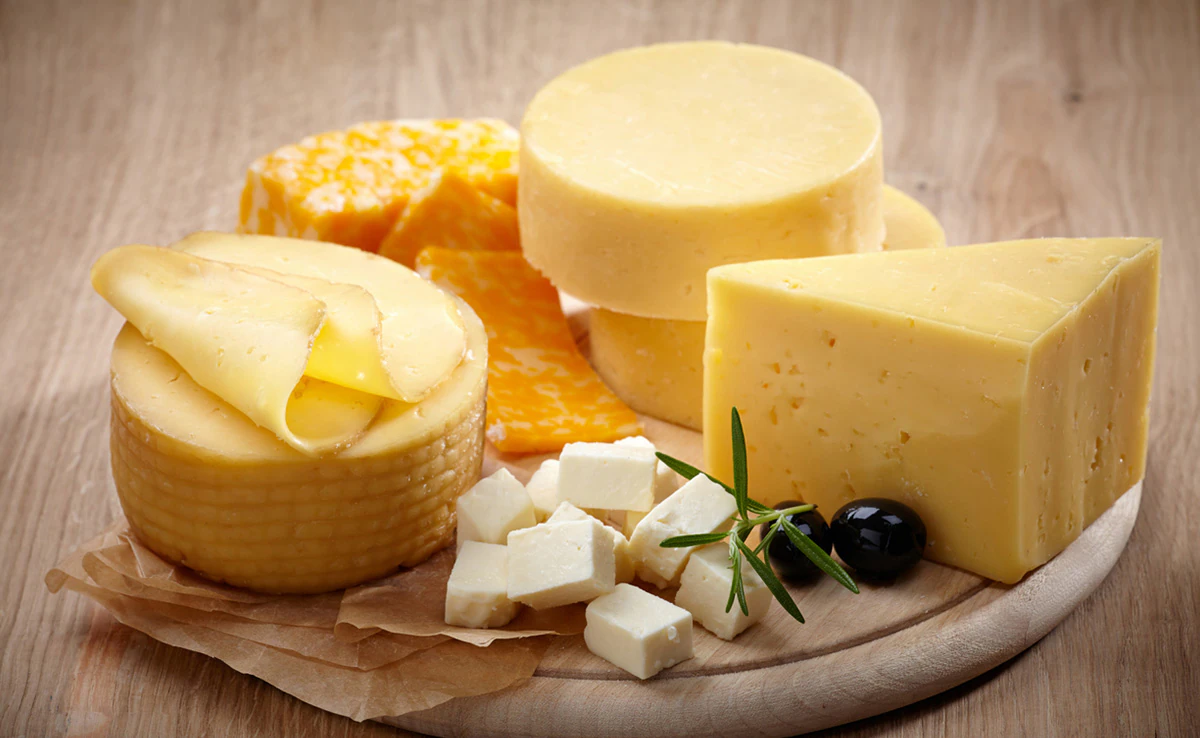Has the UK Won the Trade War — Or Is Victory Impossible to Judge?
15.09.2025
Britain, the E.U., and America’s Tariff Puzzle
Uneven Trade Rules Under Trump
When former U.S. President Donald Trump shocked the world with sweeping tariffs, Britain moved quickly to secure a trade pact with Washington. The deal locked in a 10% duty on most imports while protecting a handful of strategic industries. At first glance, the move seemed smart, especially compared with the European Union, which ended up with a 15% tariff on many products.
Yet closer analysis shows the reality is more complicated. Tariff levels often shift depending on the product, creating a patchwork system where it’s difficult to declare a clear winner. Because the U.K. only recently left the E.U., comparisons between their agreements are inevitable — and sometimes reveal sharp contrasts in how their exports are treated in the American market.
Cheese: Cheddar vs. Gouda
Cheese provides one of the clearest examples of this imbalance. Under the E.U. deal, Gouda cheese faces a straightforward 15% tariff. Britain’s agreement, however, stacks its 10% rate on top of existing levies. This means English Cheddar could now face a 22% duty when entering the U.S.
David Lockwood, managing director at Neal’s Yard Dairy in London, explained that the tariff cost on a pound of exported cheese nearly doubled, jumping from around $1.20 to $2. Shoppers in America, he warned, will ultimately feel that increase on store shelves.

Clothing: Britain Hit Harder
The fashion sector highlights another drawback. A men’s cotton dress shirt from Italy will continue to carry a 19.7% tariff under the E.U. deal, since the new 15% rate only applies where tariffs were previously lower. For the U.K., however, that same shirt now faces a 29.7% tariff — the old 19.7% plus Britain’s additional 10%.
Paul Alger from the UK Fashion and Textile Association noted that luxury clothing exports could be particularly vulnerable, as higher costs risk deterring American buyers. He also stressed that while the E.U. deal looks more favorable here, it came with other concessions, such as opening its market further to U.S. goods.
Whiskey: A Divided Island
The case of Irish whiskey shows how even neighboring producers can be treated differently. Previously, whiskey from both the Republic of Ireland (E.U.) and Northern Ireland (U.K.) entered the U.S. duty-free. Now, southern Irish whiskey faces a 15% tariff, while Northern Irish bottles carry just 10%.
Small distillers worry this imbalance could harm sales. June O’Connell of Skellig Six18 Distillery said her customers in New York and other U.S. states may hesitate when American whiskeys face no extra charges. “We cannot absorb a 15% tariff,” she said. “What used to be a level playing field has tilted against us.”

Cars: Tariffs With Quotas
Few sectors are as politically sensitive as the automobile industry. Britain’s deal applies a 10% tariff on the first 100,000 cars shipped annually to the U.S. — roughly its current export level. Beyond that quota, however, tariffs surge to 27.5%.
The European Union, by contrast, faces a 15% rate across the board, with no caps. On paper, this seems advantageous, but automakers often produce vehicles across multiple countries, making the true impact harder to calculate. Added to that, parts and raw materials like steel and aluminum now face higher levies of their own, complicating supply chains.
A Climate of Uncertainty
Analysts say the timing of these tariff shifts could hardly be worse. Car manufacturers, in particular, are already grappling with the transition to electric vehicles and fierce competition from China. Guillaume Dejean of Allianz Trade argued that while Britain and the E.U. can probably manage these new rates, the uncertainty itself is damaging.
“For businesses, the hardest thing is not high tariffs,” he explained. “It’s not knowing what the rules will look like next year.”







Leave a Comments